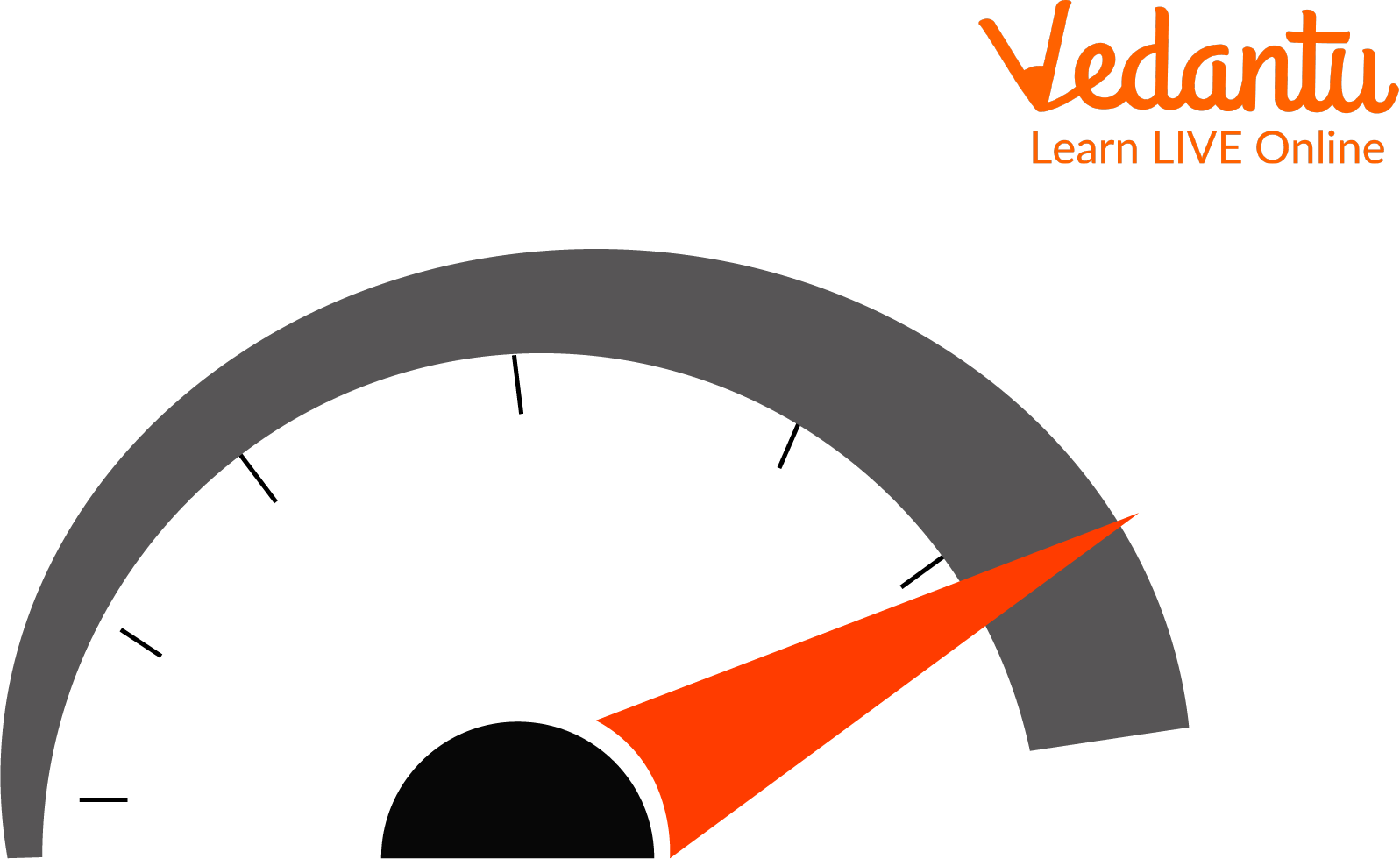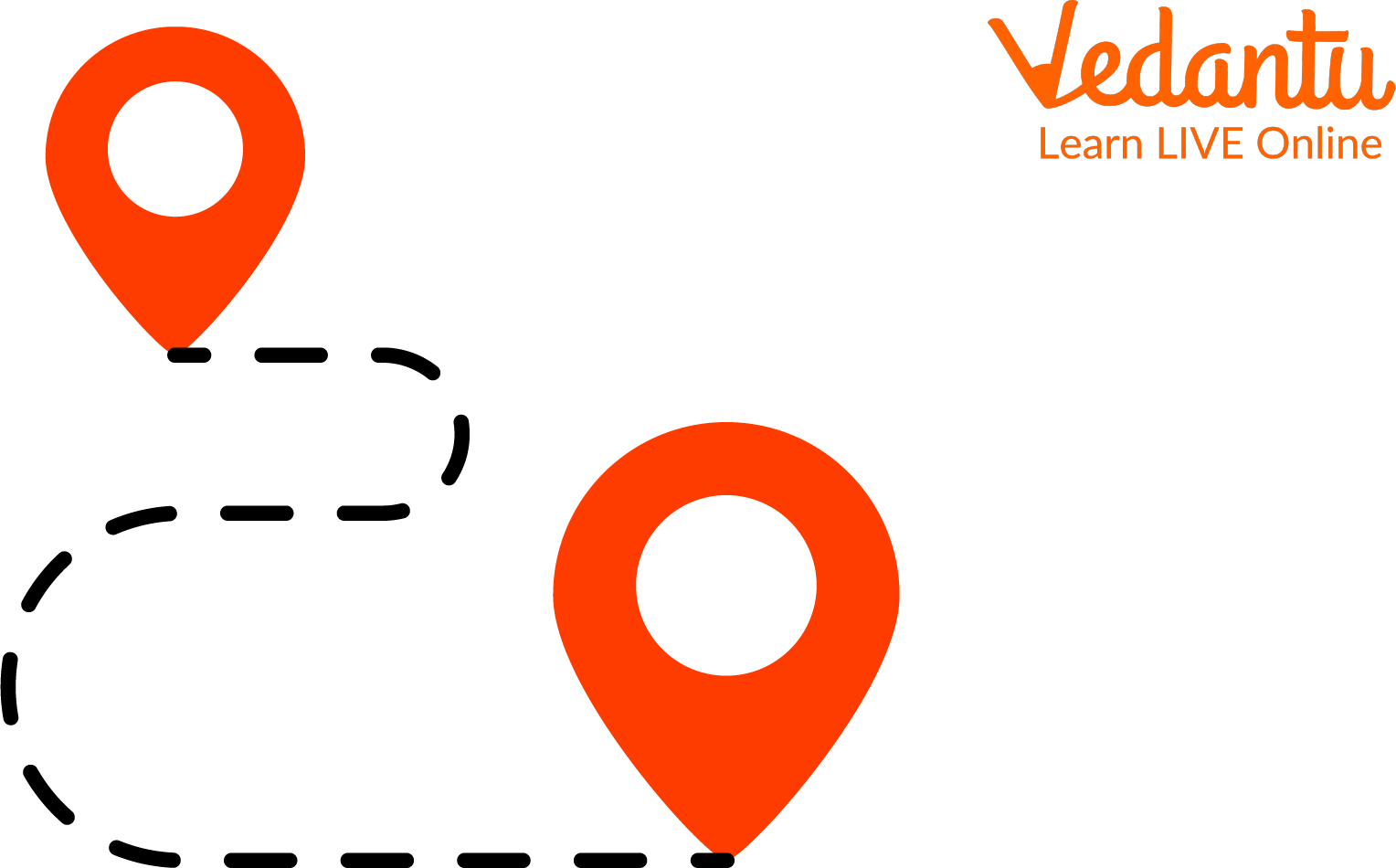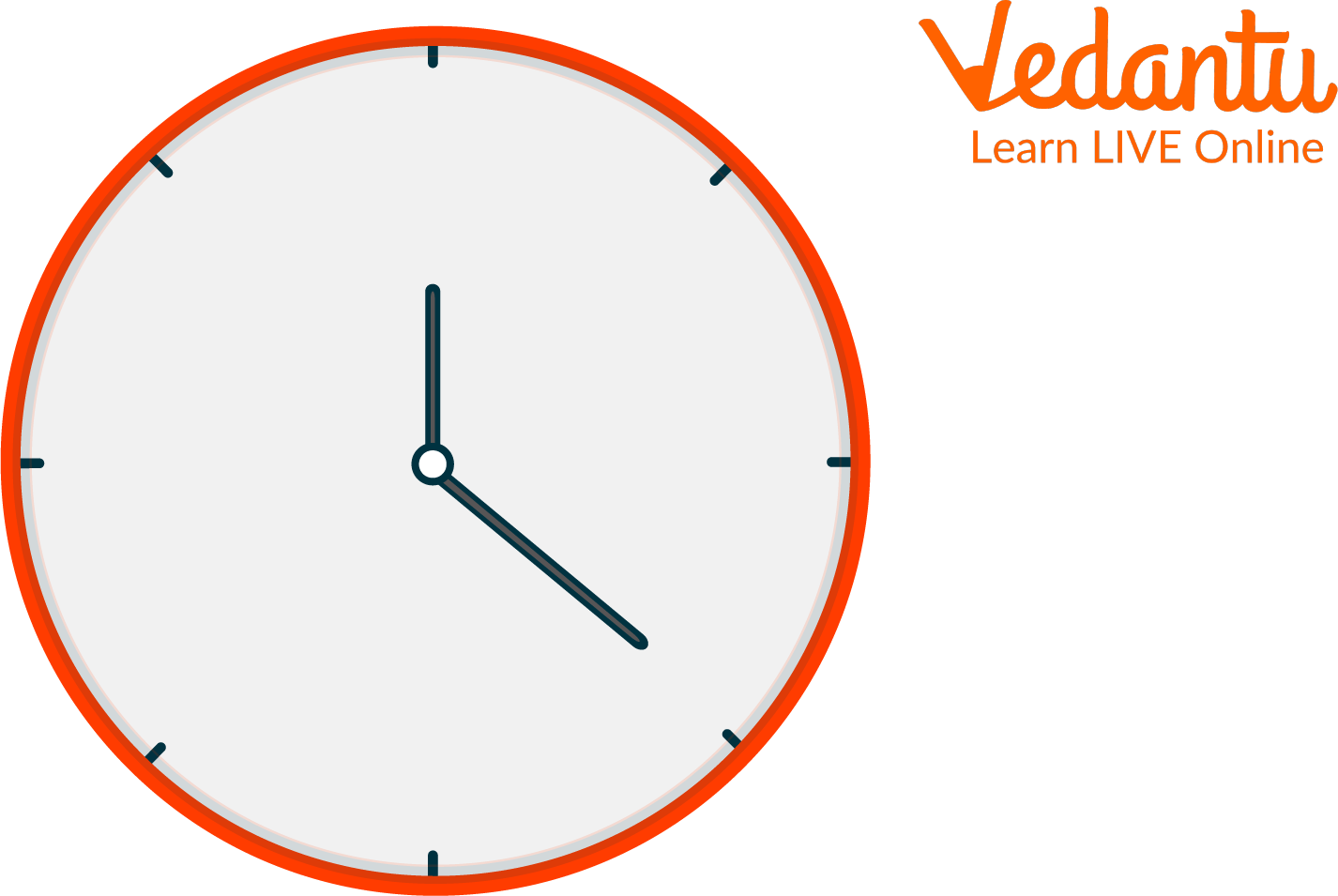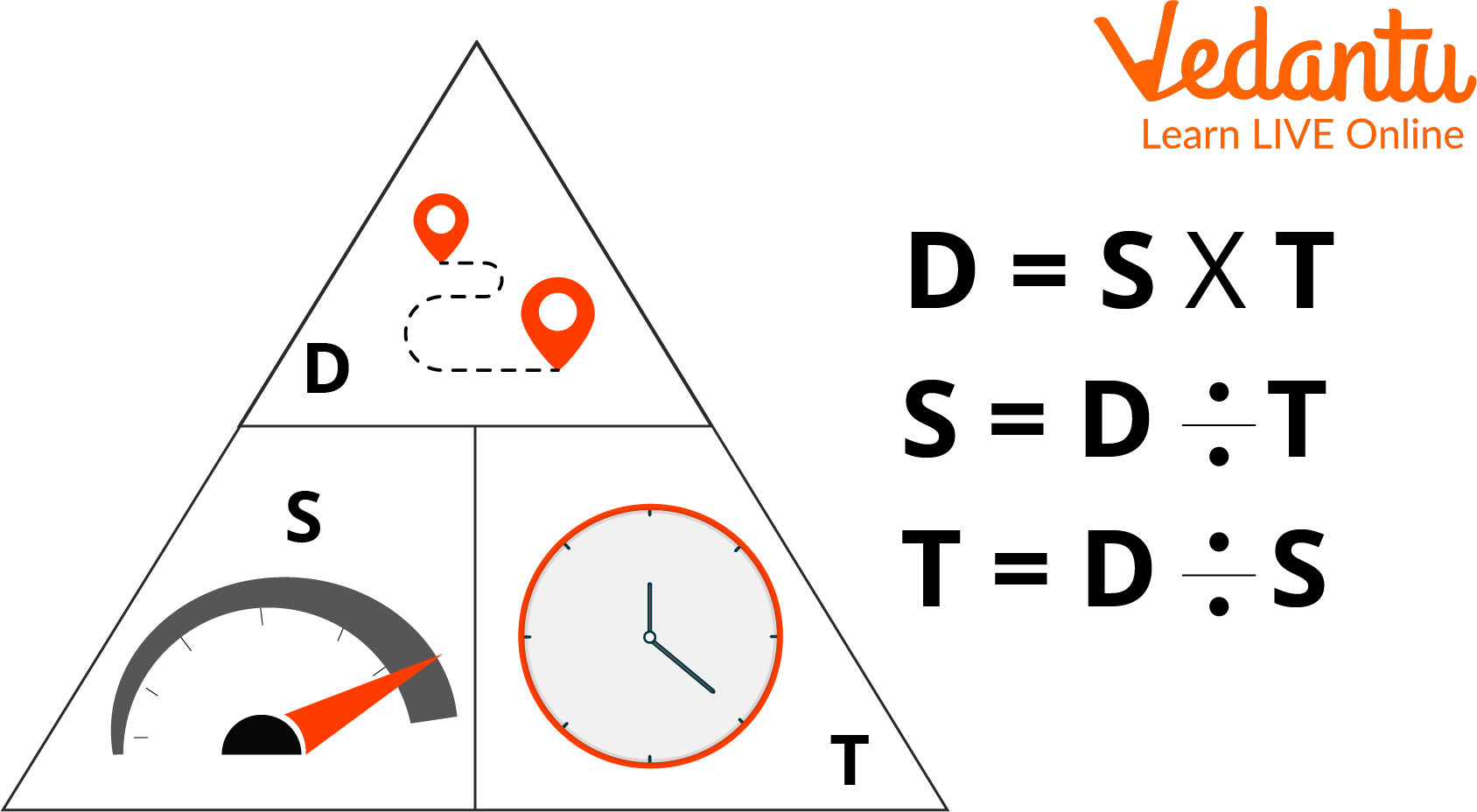




How to Solve Speed Distance Time Questions Step-by-Step
Speed, distance, and time are the three main pillars behind mathematics and physics. Whenever you are presented with a question related to any kind of transportation, you should immediately relate to these concepts. The train speed, the relation between the time taken by two cars at different speeds or even a simple question about a person walking from one place to another can be answered using simple formulas.
What is Speed?
When you think of speed, you must think of how fast? Speed is all about calculating the rate at which something can be accomplished.

A Device Used to Measure Speed Known as a ‘Speedometer’
What is Distance?
Distance in this concept refers to the distance travelled. It means how far? It can be measured in meters, for small distances and kilometres, for larger distances.

Distance is the Measurement From One Place to Another
What is Time?
Time is the answer to the question, how long? The best way to measure time is using the ‘world clock.’ In ancient times, time was measured with the help of the sun and the moon, and other celestial objects.

Time as Shown by a Clock
Relation Between Speed Distance and Time
There is a very simple mathematical relation between speed, distance and time.
$\text{speed=}\frac{\text{distance}}{\text{time}}$
$\text{time=}\frac{\text{distance}}{\text{speed}}$
$\text{distance=speed }\!\!\times\!\!\text{ time}$
These relations can be memorised using the triangle method. See the following image to understand the use of this method.

Explaining the Triangle Method
Speed Distance Time Word Problems With Solutions
Q1. A train is travelling at a speed of 160 km/hour. It takes 15 hours to cover the distance from city A to city B. Find the distance between the two cities.
Solution:
Speed= 160 km/hr
Time= 15 hours
Using the formula, $\text{distance=speed }\!\!\times\!\!\text{ time}$
Distance= $160\times 15=2400km$
Answer: The distance between city A and city B is 2400km
Q2. A car travelling from city A to city C completes the journey in 3 hours, whereas a person travelling on a bike completes the journey in 5 hours. What is the speed of the man on the bike if the car is travelling at 45 kmph?
Solution:
Find the distance using the information on the car
Using the formula, $\text{distance=speed }\!\!\times\!\!\text{ time}$
Speed= 45km/hour
Time= 3 hours
$\therefore \text{distance}=45\times 3=135km$
Using the distance, we can find the speed of the bike
Formula used, $\text{speed=}\frac{\text{distance}}{\text{time}}$
Time taken by bike is 5 hours
$\therefore \text{speed}=\frac{135}{5}=27$
Answer: The bike is moving at a speed of 27 kmph.
Q3. A person travels at a speed of 15 kmph from point A to point B, which are 25 km from each other. Another person is travelling from point C to point B, 44 km from each other. Both people start their journey at the same time; the second person arrives at the point 2 hours after the first. What is the speed at which the second person was travelling?
Solution:
Speed of person 1 = 15km/hour
Distance travelled by person 1= 25 km/hour
Time taken by first-person = $\frac{\text{distance}}{\text{speed}}=\frac{25}{15}=\frac{5}{3}$hours
Note: While solving the questions, keep the answers in fractions until you reach the final answer to make calculations easier.
Time taken by second person =$\frac{5}{3}+2=\frac{11}{3}$hours
Distance travelled by second person= 44 km
$\therefore \text{speed}=\frac{\text{distance}}{\text{time}}=\frac{44}{\frac{11}{3}}=\frac{44\times 3}{11}=4\times 3=12$kmph
Answer: The second person was travelling at a speed of 12kmph.
Q4. Raju is travelling from one station to another 560km away in a train which is moving at a speed of 125kmph. Monu is travelling to the same destination at a speed of 80kmph. Monu starts his journey 3 hours after Raju, from 120 km closer to the destination. How long will Raju have to wait at the train station for Monu to arrive?
Solution:
Distance travelled by Raju = 560km
Speed of Raju= 125km/hour
∴ Time taken by Raju to reach the station = $\frac{\text{distance}}{\text{speed}}=\frac{560}{125}=\frac{112}{25}$hours
Distance travelled by Monu = $560-120=440$km
The speed at which Monu travelled = 80kmph
Time taken by Monu to complete journey = $\frac{440}{80}=\frac{22}{4}=\frac{11}{2}$hours
Total time taken by Monu = $\frac{11}{2}+3=\frac{17}{2}$hours
Therefore, the time Raju had to wait = difference between the two times taken
$\therefore \frac{17}{2}-\frac{112}{25}=\frac{17\times 25}{50}-\frac{112\times 2}{50}=\frac{201}{50}=4.02$hours
Answer: Raju had to wait for 4.02 hours at the train station
Convert 4.02 hours to hours and minutes
$\therefore 0.02=\frac{2}{100}\times 60=1.2$minutes
$\therefore 0.2=\frac{2}{10}\times 60=12$seconds
Therefore, to be precise, Raju had to wait at the train station for 4 hours, 1 minute and 12 seconds.
FAQs on Speed Distance Time Word Problems: Examples and Solutions
1. What is the fundamental relationship between Speed, Distance, and Time?
The fundamental relationship connects these three quantities in a simple formula. From this single core formula, you can derive the other two:
- Speed = Distance / Time: This tells you how fast an object is moving.
- Distance = Speed × Time: This helps calculate the total path covered.
- Time = Distance / Speed: This helps calculate the duration of the travel.
Remembering the DST triangle is a common trick to recall these three variations easily.
2. How are common units of speed like m/s and km/hr converted?
Converting between metres per second (m/s) and kilometres per hour (km/hr) is a common step in solving word problems. The key conversion factors are:
- To convert from km/hr to m/s, you multiply the speed by 5/18.
- To convert from m/s to km/hr, you multiply the speed by 18/5.
For example, a speed of 36 km/hr is equal to 36 × (5/18) = 10 m/s.
3. How do you approach a problem where two objects are moving towards each other?
When two objects move towards each other, their speeds add up. This is known as their relative speed. To find the time it takes for them to meet, you use this formula:
Time to Meet = Total Initial Distance / (Speed of First Object + Speed of Second Object)
You calculate their combined speed to determine how quickly the distance between them is closing.
4. What is the difference between average speed and the average of two speeds?
This is a common point of confusion. Average speed is calculated as the Total Distance Traveled / Total Time Taken. It is not simply the average of the different speeds. For instance, if you travel to a destination at 40 km/hr and return at 60 km/hr, the average speed is not (40+60)/2 = 50 km/hr. You must calculate the total distance and total time for the entire journey to find the true average speed.
5. How are word problems involving boats moving upstream and downstream solved?
These problems introduce the speed of the water current. Let the speed of the boat in still water be 'b' and the speed of the stream be 's'.
- When moving downstream (with the current), the effective speed is b + s.
- When moving upstream (against the current), the effective speed is b - s.
You use these effective speeds in the standard Distance = Speed × Time formula to solve for the unknown variables.
6. Why can't the simple Speed = Distance/Time formula be used for all real-world travel calculations?
The basic formula assumes a constant speed, which is rare in real life. For precise calculations, physicists and engineers must consider many other factors that the simple formula ignores, such as:
- Friction and Air Resistance: These forces slow down a moving object.
- Changes in Elevation: Going uphill requires more energy and slows you down, while going downhill can increase speed.
- Acceleration and Deceleration: Vehicles rarely maintain a constant speed; they speed up and slow down.
- External Factors: Wind speed, road conditions, and traffic also affect the actual time and speed.
The formula provides a great model for word problems but is a simplification of complex real-world dynamics.
7. What is a common strategy if a word problem involves different units for time (e.g., minutes and hours)?
A crucial first step is to ensure all units are consistent before applying any formula. If speed is given in km/hr, then time must be in hours and distance in kilometres. If a part of the journey is given in minutes, you must convert it to hours by dividing the number of minutes by 60. For example, 30 minutes becomes 30/60 = 0.5 hours. Inconsistent units are a primary source of incorrect answers in these problems.























